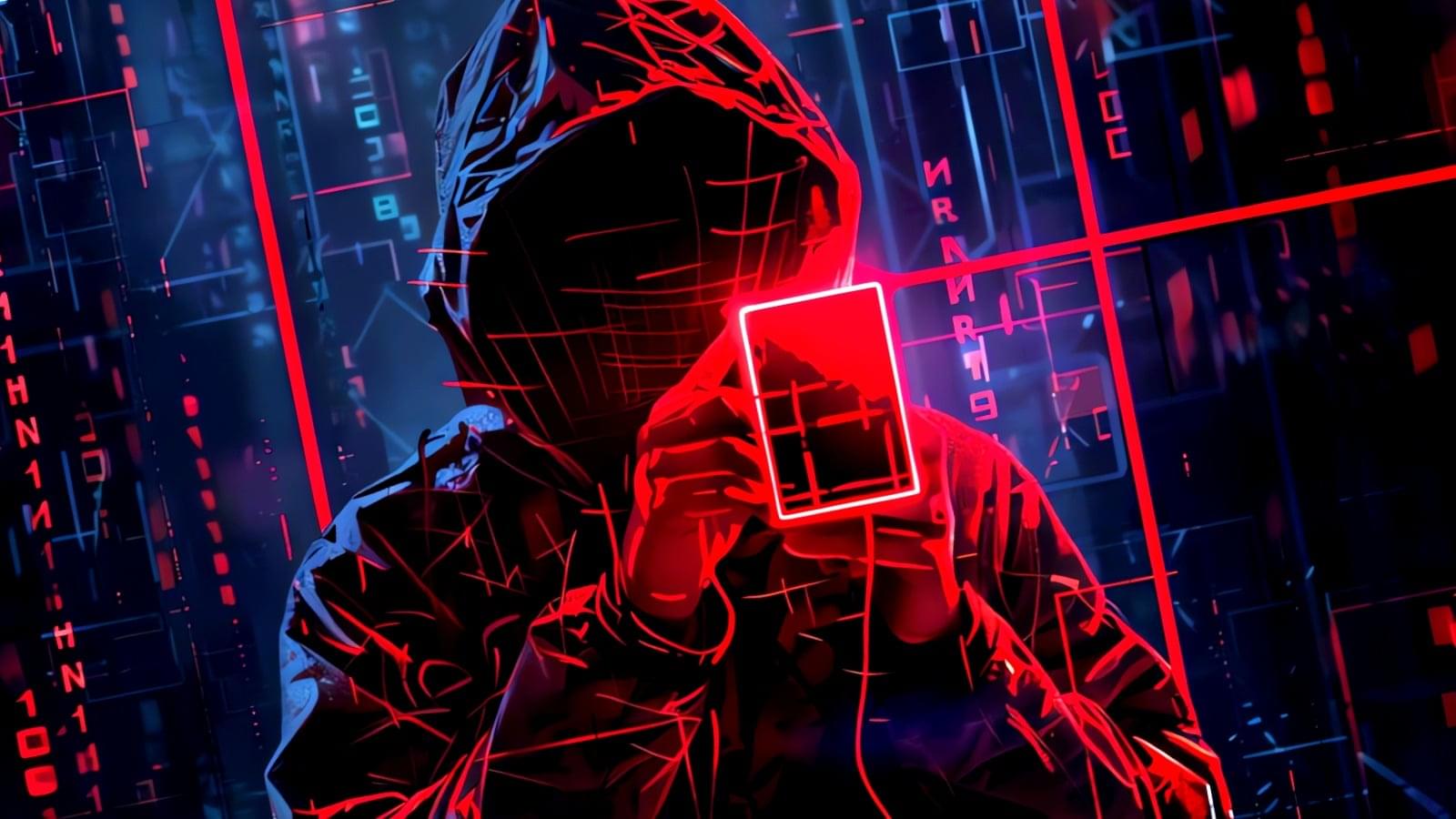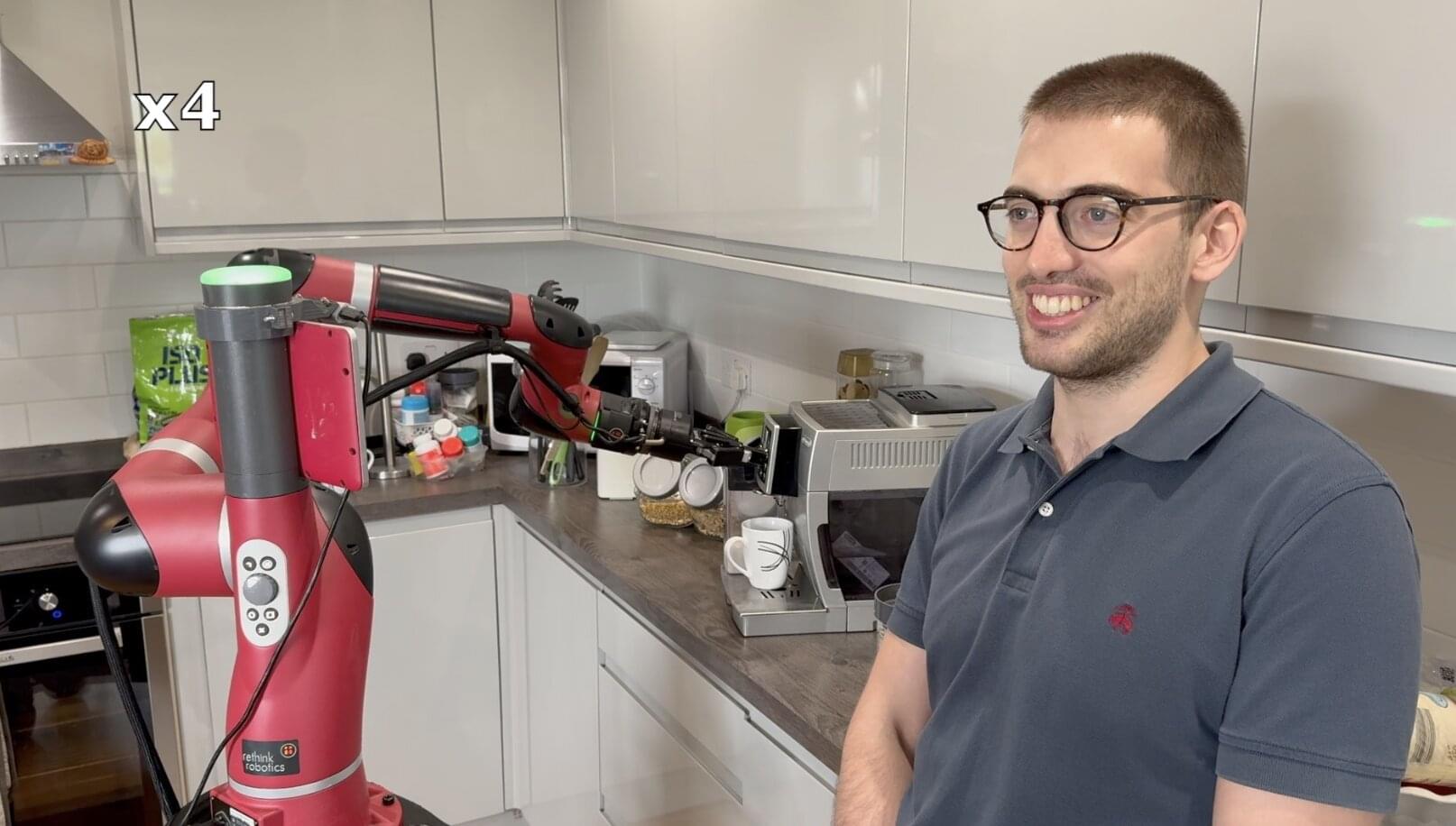Feelings of guilt and shame can lead us to behave in a variety of different ways, including trying to make amends or save face, cooperating more with others or avoiding people altogether. Now, researchers have shed light on how the two emotions emerge from cognitive processes and in turn guide how we respond to them.
Their study is published in eLife. The editors say it provides compelling behavioral, computational and neural evidence to explain the cognitive link between emotions and compensatory actions. They add that the findings have broad theoretical and practical implications across a range of disciplines concerned with human behavior, including psychology, neuroscience, public policy and psychiatry.








